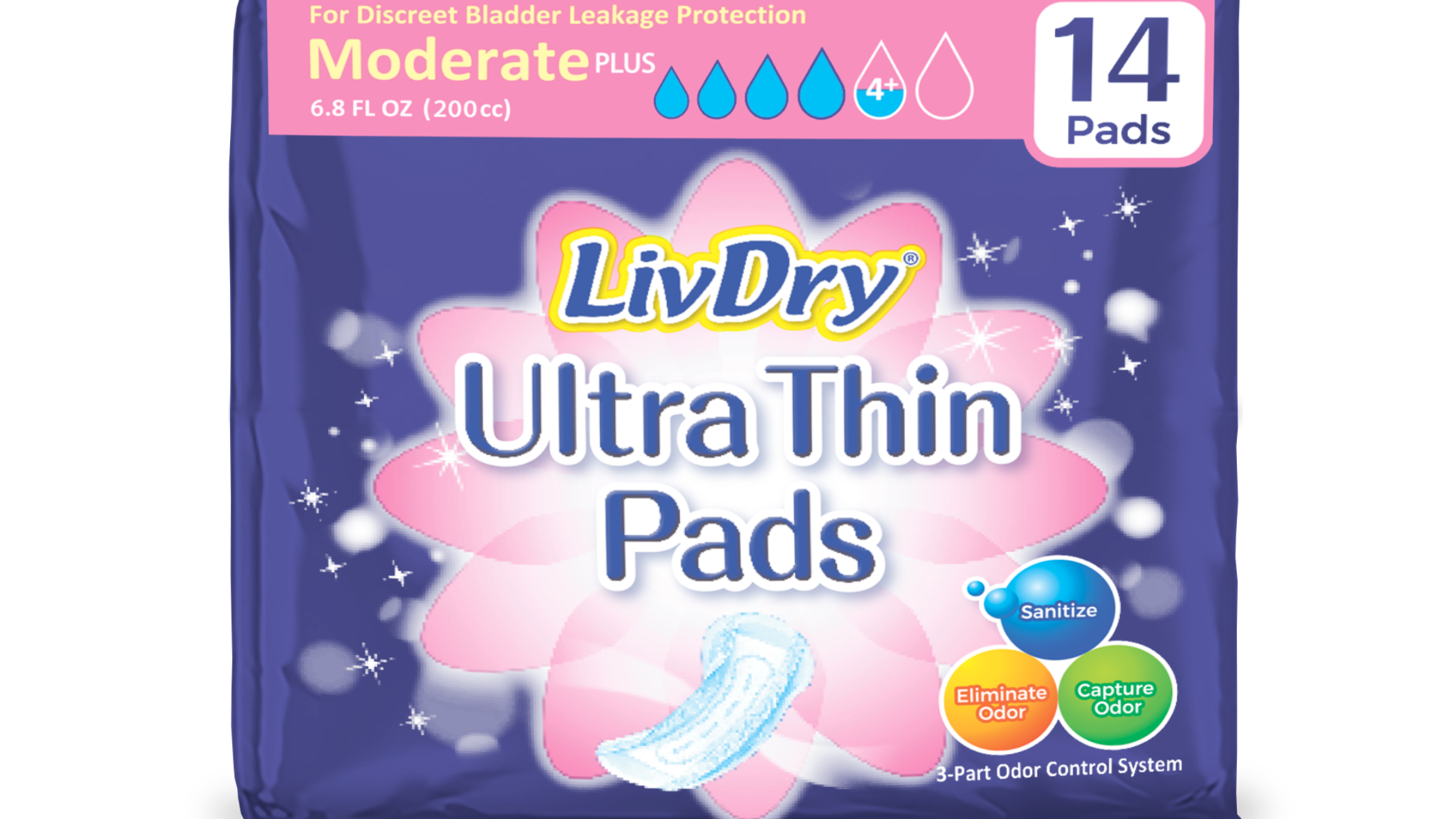7 Tips for Managing Incontinence at Work
Written by TYE Medical on Mar 25th 2022
An overactive bladder is always inconvenient but never more so than at work. Your job can be stressful enough without the complications of frequent urination. No one wants their coworker to witness an accident and getting up every 30 minutes during a meeting or conference call only adds to the embarrassment and stress. And have you ever felt like a slacker when your boss sees you heading for the bathroom for the fifteenth time that day?
But these aren’t uncommon problems. A recent study reveals that one in three middle-aged women have some type of urinary incontinence. Additionally, women are more likely to have overactive bladder (OAB) syndrome from ages 45-54. The study also indicated that stress incontinence symptoms grew worse with weight gain (a higher BMI) and according to how many times you’ve given birth.
So, what are you to do? Here are some ways you can manage OAB and incontinence more effectively–even while you work.
Understand the Difference Between Wet and Dry Overactive Bladder

You might be wondering what overactive bladder has to do with incontinence. But OAB can actually cause bladder leaks, and when it does, it’s called “wet” OAB. With this type, you not only experience frequency and urgency, but you also can’t make it to the bathroom in time.
If it’s “dry” OAB, you have a strong urge to go and it’s tough to wait, but you don’t leak urine. It’s also possible to have both types, which means that sometimes you leak urine and sometimes you don’t.
Here are some tips to manage incontinence and wet OAB while at work.
1. Set a Bathroom Schedule–and Time It
If you wait until the urge strikes, it’s probably already too late. Rather than making a mad dash for the bathroom in front of your colleagues, try using timed voiding. If you experience strong urges every two hours, then try scheduling a bathroom break every 90 minutes. Set your smart watch or phone to vibrate or alert you at that time. If you follow this advice, you’ll be in control of your bladder rather than your bladder controlling you. Timed voiding can play a big role in helping you manage incontinence at work.
2. Be Prepared with a Change of Clothes
While it’s good to keep a positive attitude and hope for the best, the reality is that embarrassing situations happen. It’s better to be prepared than to be caught off guard when surrounded by coworkers. Keep a backpack of clothes handy for those unexpected moments. This will help you avoid a rushed trip home in the middle of the day, which can be tough to explain to your supervisor.
3. Ignore the Office Coffeepot

Coffee is a diuretic, meaning that it increases the removal of water and salt from your body. If you drink coffee or other caffeinated beverages you’re more likely to have an accident. If you want to manage incontinence at work, skip the coffee passed around in meetings and declare your desk a coffee-free zone. It’s also best to avoid bladder irritants like alcohol and carbonated beverages.
4. Wear Dark Clothing
Opt for darker colors when you’re at work. If you work in an office, navy and black work great. They are common professional colors and will make bladder leaks less noticeable. When your accident is camouflaged, it gives you time to go undetected as you grab the change of clothes you stashed.
5. Do Kegels Often
Kegel exercises strengthen the muscles that support your bladder by contracting and relaxing them. They’re especially effective for stress incontinence and can be performed discreetly even while seated at your desk working. Simply tighten and relax your pelvic floor muscles, the muscles you use to hold back urination. Hold each contraction for a few seconds and then release. Perform these in sets of ten throughout the day. A stronger pelvic floor can help you manage incontinence at work and everywhere else you go.
6. Be Strategic with Your Pads
If you know you’re going into a situation that won’t allow frequent bathroom breaks, then change your incontinence pad immediately beforehand, even if it’s only lightly soiled. When you put on a fresh pad right before a meeting, it’s more likely to last you until you have access to a bathroom again. Be sure to choose a pad that is both discreet and has an absorbency level that suits your needs.
7. Tell Your Boss If Necessary
Managing incontinence at work might be less stressful if you share the issue with your supervisor. If your boss has begun to notice your frequent bathroom trips, it might be best explain your situation. You can let them know that you’re consulting your doctor for solutions but will need to break five minutes every hour. It’s unlikely that your supervisor would object to this, and this understanding can relieve some of your pressure.
Manage Incontinence at Work with LivDry Ultra-Thin Pads

TYE Medical offers highly discreet pads that absorb up to 10 fl oz of liquid. Our Ultra-Thin Pads slip easily into a pocket or purse and include leakage barrier leg cuffs to prevent side leaks.
For protection against heavier leaks, try our Protective Underwear with its discreet design and all-over high absorbency.
Shop our online store for other premium products and receive free shipping on all orders.


